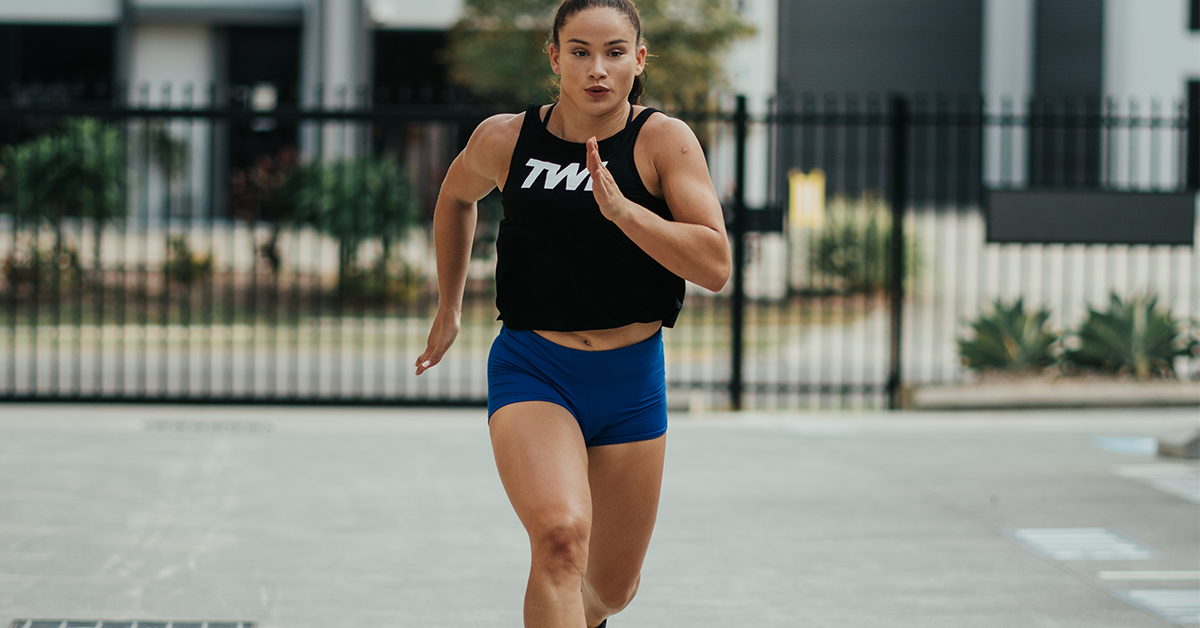Shin splints are a commonplace exercise-related condition that is experienced by many athletes, particularly runners, dancers, and those who frequently engage in activities that heavily impact the lower legs. It’s a temporary and manageable ailment, but if recurring frequently, it can greatly affect your performance and training regimen. Furthermore, if left untreated, shin splints can lead to more severe conditions.
Read on for more information on shin splints, how to manage them, and how to mitigate your risk of it.
What Are Shin Splints?
Also referred to by physicians as “medial tibial stress syndrome,” shin splints are characterized by pain along the inner edge of the shin bone, called the tibia. This pain is caused by the inflammation of bone tissue, tendons, and muscles around the bone due to overexertion during exercise.
Shin splints are most commonly experienced by runners, particularly those who traverse uneven routes or abruptly increase their training regimen. It also frequently affects those who engage in activities that put immense pressure on the legs.
Additionally, shin splints are common amongst people who have problems with their arches, such as flat feet, rigid arches, or high arches, as their feet are unable to properly absorb impact.
What are the Symptoms of Shin Splints?
The typical indicator of shin splints is pain felt along the inner shin and slight inflammation in the lower leg. It may start off as a temporary discomfort that comes and goes after you stop exercising.
But as time goes on, the sensation becomes consistent and may range from mild, dull throbbing to severe, sharp pain. Shin splints are normally not considered serious and can be treated at home, but it’s recommended to see your doctor, just in case, to eliminate the possibility of a stress fracture.
View this post on Instagram
Shop Now
What Causes Shin Splints?
Applying consistent stress and force on your shinbones and the muscles and tissues around it will cause shin splints. What happens is that overexertion causes the muscles in the lower leg to pull at the spot they’re attached to the tibia. This causes it to swell and become irritated, which then leads to discomfort and pain.
How Do You Treat Shin Splints?
Shin splints are generally temporary and can be self-managed at home. Here are a few ways to help you manage the pain and get back to your regular training form:
- Take a break – First things first, pause training. Because shin splints are caused by excessive and repeated force on your tibia, you need to allow your muscles to rest and recuperate. This may require you to pause your physical activity for a few weeks or longer, depending on what is recommended by your doctor. If you allow the pain to continue without taking the time to heal, the condition may escalate to a stress fracture. If you prefer to keep moving, focus your training on your upper body.
When you’re well enough to return to training, make sure to start slow. The sudden increase in stress on the tibia also causes shin splints, so you run the risk of it recurring if you try to perform at max level on day one.
- Apply a cold compress – The cold reduces inflammation of the muscles, so ice down your shin approximately 3-4 times daily, for 10-20 minutes each time.
- Wear proper footwear – If you suffer from shin splints due to being flat-footed or having high or rigid arches, reevaluate your footwear and switch them out for supportive shoes and insoles. These are specifically designed to minimize the stress that impacts your lower legs.
View this post on Instagram
Shop Now
How Do You Prevent Shin Splints?
While shin splints are common and often not deemed serious, they can be a huge inconvenience, especially if you’re training for a big day. Use these tips to reduce your chances of experiencing shin splints:
- Strengthen your legs and arches – As shin splints are the result of too much and repeated stress on the shinbone, you can minimize your risk by adding leg strengthening and stabilizing exercises to your workout regimen. You can also strengthen your feet and arches with simple exercises using a band around your feet.
- Diversify your workout – Reduce the amount and frequency of force you put on your shins by cross-training. Go for activities with lower impact on the legs, such as swimming and bicycling.
- Correct your movement – Your shin splints may also be due to unconsciously running with the wrong form or technique. Consult a physical therapist to analyze your movement as they may be able to identify patterns that contribute to your shin splints and provide recommendations on how to correct or improve your techniques to minimize shin splints from recurring.
- Soften the landing – Working out or training on hard surfaces such as concrete or hardwood floors puts a lot of pressure on the bones and muscles of your lower legs. Give your tibia a break once in a while by training on a more pliant surface. For example, consider running on a synthetic track or grass. These surfaces are “softer,” so they don’t impact the feet as much, and your shinbones absorb less force.
While they can be incredibly uncomfortable, not to mention disruptive to your training, rest assured that shin splints are treatable and preventable.
If you love running and don’t want to stop, be sure to read our blog on how you can run safely.

















